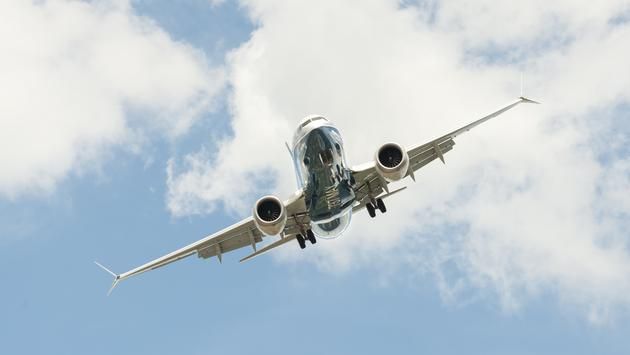Almost two years after grounding the Boeing 737 MAX fleet, the Federal Aviation Administration (FAA) re-certified the planes to resume flying in the United States.

Boeing was the first to respond to the FAA’s announcement, as CEO David Calhoun said the day was for remembrance more than celebration.
“We will never forget the lives lost in the two tragic accidents that led to the decision to suspend operations,” Calhoun said. “These events and the lessons we have learned as a result have reshaped our company and further focused our attention on our core values of safety, quality and integrity.”
Airlines are also reacting to the decision, as many carriers have already been forced to answer questions from customers about the safety of the planes following the two deadly crashes that grounded the MAX fleet.
American Airlines Chief Operating Officer David Seymour expressed how he and the company’s operations leadership team trust in the FAA and the carrier’s pilots when they say the plane is safe to fly .
“If our pilots, along with the APA, FAA and our safety teams are confident the aircraft is safe, we are confident in its return to service,” Seymour said. “We’ve implemented rigorous processes to ensure that every plane in the air is safe and our pilots, flight attendants, team members and customers are confident in the return of the 737 MAX.”
“This includes investing in extensive training and plans to fly the aircraft before it returns to commercial use,” Seymour continued. “Our approximately 2,600 Boeing 737 pilots will complete the FAA-mandated and approved training, which includes computer-based training, classroom briefings and dedicated return to service training in a 737 MAX simulator.”
Alaska Airlines Vice President of Safety and Security, Max Tidwell, also used his experience with the FAA to acknowledge his confidence in allowing passengers to travel aboard the 737 MAX .
“As a safety professional with decades of experience, including many years with the FAA, I’ve had the opportunity to stay very close to the FAA and Boeing through the grounding and recertification of the 737 MAX,” Tidwell said. “I’m very confident with all the steps the FAA and Boeing have taken and the steps we’re taking at Alaska to prepare us to safely bring this aircraft into our fleet.”
Southwest Airlines has a massive fleet of Boeing planes, but Chief Executive Officer Gary Kelly feels confident the impacted aircraft have been remedied of the issues that plagued them.
“At Southwest, we only operate Boeing 737s, and our pilots are highly trained and experienced at flying the aircraft,” Kelly said. “In fact, before the 737 MAX was grounded, Southwest pilots flew almost 40,000 flights on the aircraft, which is more than 89,000 flight hours.”
“Now, we'll approach returning the MAX to service with the same commitment to training that we've employed for almost 50 years coupled with an uncompromising and unwavering commitment to safety,” Kelly continued. “For us, it's a passionate pursuit, and it's among the most important work of our careers.”
For customers still not ready to fly on a Boeing 737 MAX plane, many airlines who operate the aircraft are allowing passengers to request different flights and waiving the resulting fare changes or ticket fees, according to NBC News .
Leave a Comment